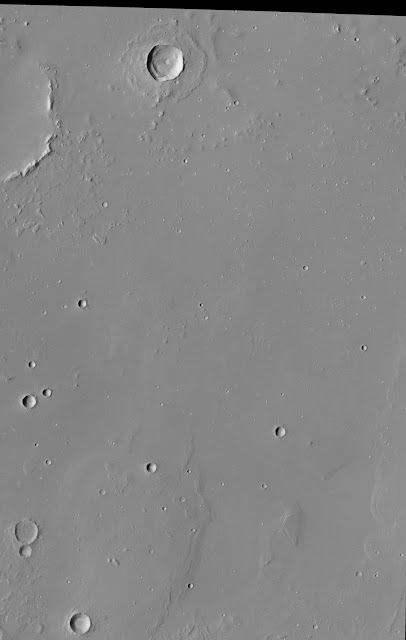Hard sci-fi project
frozen light
fundamental matter as knotted photons
--------------
Retroactive digital twinning
Inject entangled particles into real world object
Adjust real world object by changing characteristics of digital object twin
Terraform Mars as a test subject
Quantum dot micro plastic impregnation
--------------
modifications made to the digital twin are in effect in real time due to quantum entanglement during the digital twin creation
Visualizing the Digital Thread and Digital Twins: https://www.lockheedmartin.com/en-us/news/features/2021/visualizing-the-digital-thread-and-digital-twins.html
DARPA Researchers Highlight Application Areas for Quantum Computing: https://www.darpa.mil/news-events/2024-06-20
DARPA-Funded Research Leads to Quantum Computing Breakthrough: https://www.darpa.mil/news-events/2023-12-06
-------------------------
Quantum Entanglement and Real-Time Digital Twin Updates: A Deep Dive
The concept of quantum entanglement being used to create a digital twin that mirrors changes in real-time is a fascinating one, rooted in the principles of quantum mechanics.
Understanding Quantum Entanglement
Quantum entanglement is a phenomenon where two or more particles become intrinsically linked, regardless of the distance between them. Changes to one particle instantly affect the other, even if they are light-years apart. This seemingly paradoxical behavior has significant implications for various fields, including quantum computing and communication.
Applying Quantum Entanglement to Digital Twins
The idea of using quantum entanglement to create a digital twin is based on the principle that the digital twin and its physical counterpart could be entangled. This would mean that any changes made to the digital twin would immediately be reflected in the physical object, and vice versa.
Potential Benefits:
* Real-time updates: Any modifications or updates made to the digital twin would be instantly applied to the physical object, eliminating the need for data transfer or synchronization delays.
* Enhanced control and monitoring: This could lead to more precise control and monitoring of complex systems, such as manufacturing processes or infrastructure.
* Advanced simulation: Quantum entanglement could enable highly accurate simulations of physical systems, providing valuable insights into their behavior.
Challenges and Considerations:
* Technological hurdles: Creating a quantum entangled link between a digital twin and its physical counterpart is a significant technological challenge. It would require the development of robust quantum communication networks and the ability to entangle complex systems.
* Quantum decoherence: Quantum entanglement is fragile and can be disrupted by interactions with the environment. This is known as quantum decoherence. Overcoming this challenge would be crucial for maintaining the entanglement between the digital twin and its physical counterpart.
* Ethical implications: The ability to instantaneously modify physical objects through a digital twin raises ethical questions about the potential for misuse or unintended consequences.
Current Research and Future Prospects:
While the concept of using quantum entanglement for real-time digital twin updates is still in its early stages of exploration, researchers are actively investigating its potential. Advances in quantum computing and communication technologies may pave the way for practical applications of this fascinating concept in the future.
-Barley & Gemini


























































































































































